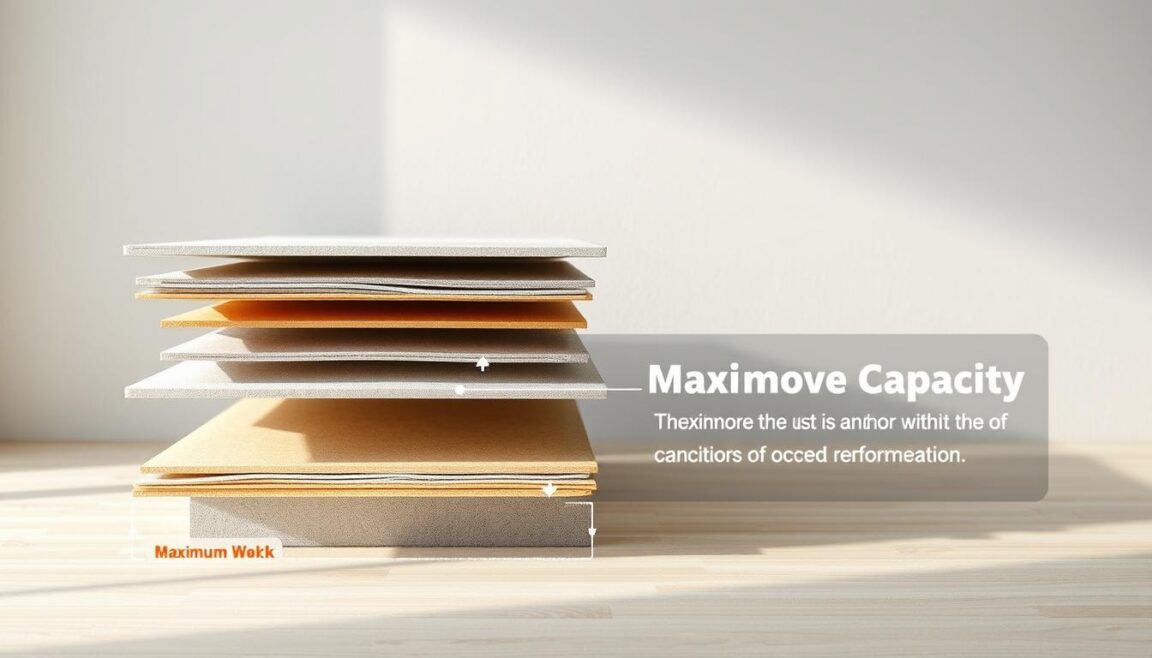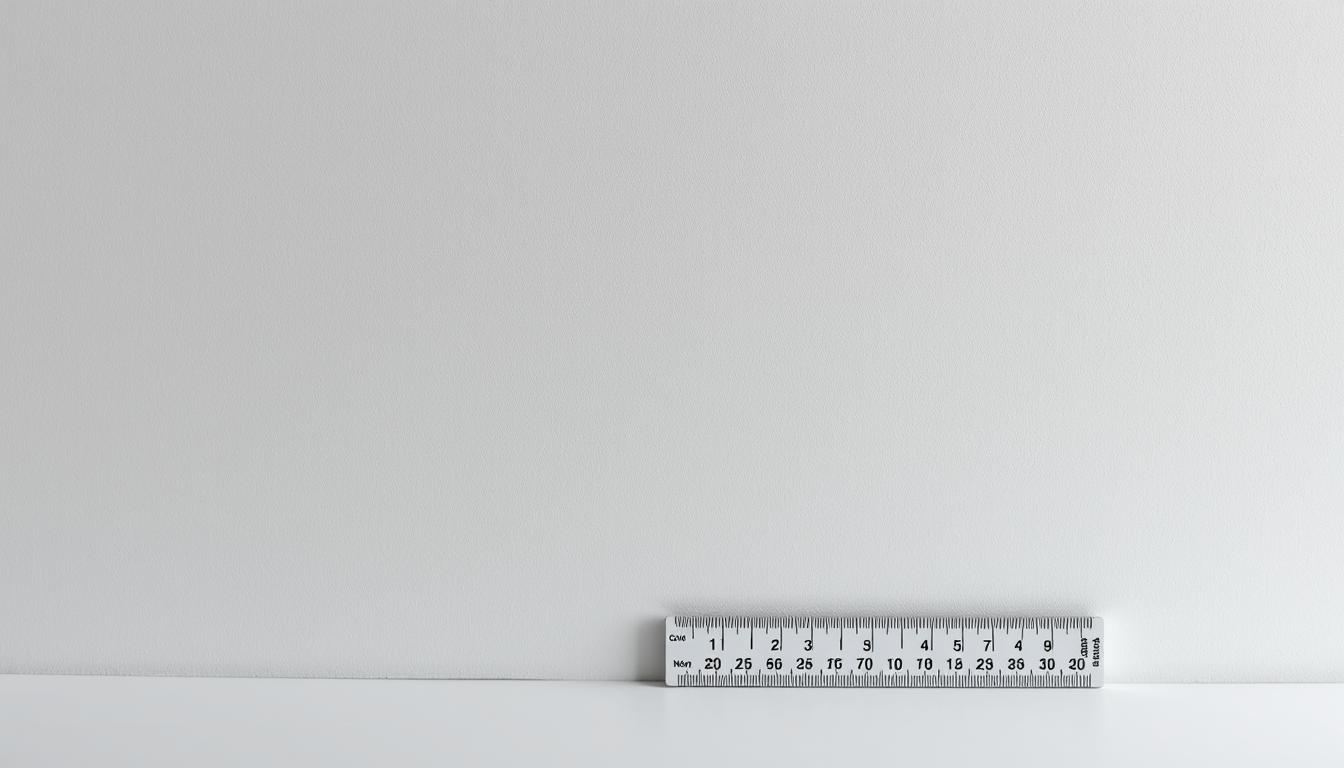How Much Weight Can Drywall Hold
When it comes to hanging items on our walls, we often wonder about the load-bearing capacity of drywall. Knowing the drywall weight capacity is crucial to avoid damage and ensure safety.
We will explore the factors that affect drywall’s ability to hold weight, providing you with the knowledge to tackle your next DIY project with confidence.
By understanding the load-bearing capacity of drywall, you’ll be able to make informed decisions about what to hang on your walls and how to do it safely. This knowledge will help you avoid costly repairs and potential hazards.
Understanding Drywall Weight Capacity
Drywall’s load-bearing capacity is influenced by several key factors. When hanging items, it’s crucial to understand these factors to avoid damage or accidents.
Different Types of Drywall and Their Strength
There are several types of drywall, each with its own strengths. Regular drywall is the most common, while mold-resistant and fire-resistant drywall offer additional benefits. The type of drywall used can significantly impact its weight capacity.
Weight Limits: 1/2″ vs. 5/8″ Drywall
The thickness of drywall is a critical factor in determining its weight limit. Generally, 1/2″ drywall is suitable for lighter items, while 5/8″ drywall can handle more weight. For example, a typical shelf or a small mirror can be safely hung on 1/2″ drywall, but heavier items like large TVs or bookshelves may require 5/8″ drywall.
“The thickness of the drywall is directly proportional to its weight-bearing capacity.”
Factors That Affect Load-Bearing Capacity
Several factors can affect a drywall’s load-bearing capacity, including its thickness, type, and the presence of studs. The method of installation and the type of fasteners used also play a significant role. As one expert notes, “The right combination of drywall type, thickness, and fastening system is crucial for maximizing weight capacity.”
By understanding these factors, homeowners and DIY enthusiasts can make informed decisions when hanging items, ensuring safety and preventing damage to their walls.
How Much Weight Can Drywall Hold Without Anchors
When it comes to hanging items on drywall, understanding its weight capacity without anchors is crucial. Drywall is a versatile building material, but it has its limitations, especially when it comes to supporting heavy loads.

Nails vs. Screws: Weight Limits and Best Uses
Nails and screws are commonly used to hang items on drywall. While both can be effective, they have different weight limits and uses. Screws generally offer better holding power than nails, especially in drywall. For instance, coarse-thread drywall screws can support more weight than fine-thread screws.
Testing Weight Capacity Before Hanging Items
Before hanging heavy items, it’s a good idea to test the weight capacity of your drywall. You can do this by applying a small amount of weight to the wall and gradually increasing it until you reach your desired weight. This simple test can help prevent accidents.
When to Avoid Direct Drywall Mounting
There are situations where it’s best to avoid mounting directly to drywall. For example, if you’re hanging a very heavy item or an item that will be subjected to stress or vibration, it’s safer to mount it to a stud or use a proper anchor. Here are some scenarios to avoid direct drywall mounting:
- Hanging heavy furniture or appliances
- Mounting items that will be used frequently, like TV mounts
- Supporting heavy lighting fixtures or ceiling fans
Increasing Weight Capacity with Proper Anchors
Using drywall anchors is an essential step in ensuring that your drywall can support the weight of the items you want to hang. As we’ve discussed, drywall has its limitations, but with the right anchors, you can significantly increase its weight capacity.
Types of Drywall Anchors and Their Weight Limits
There are several types of drywall anchors available, each designed for specific weight limits. Plastic anchors are good for light loads, while metal anchors can handle much heavier items. It’s crucial to choose an anchor that matches the weight of your item.
“The right anchor can make all the difference between a safe installation and a potentially hazardous one,” says a leading expert in home improvement.
Step-by-Step Guide to Installing Different Anchors
Installing drywall anchors is relatively straightforward. For plastic anchors, simply drill a hole, insert the anchor, and screw in your screw. For metal toggle bolts, you’ll need to drill a larger hole and then insert the toggle, followed by your screw.
- Drill a hole of the appropriate size for your anchor.
- Insert the anchor into the hole.
- Screw in your screw until it’s secure.
Matching Anchors to Your Item’s Weight
It’s vital to match the type of anchor to the weight of the item you’re hanging. Using an anchor that’s too weak can lead to the item falling, potentially causing damage or injury. Always check the weight limit of your anchor and compare it to the weight of your item.
By choosing the right drywall anchor and installing it correctly, you can ensure that your drywall can safely hold the weight of your items.
Smart Solutions for Hanging Heavy Items Safely
When it comes to hanging heavy items, understanding the load-bearing capacity of your drywall is crucial. We’ve explored the different types of drywall, their weight limits, and the importance of using proper anchors to increase weight capacity.
To hang heavy items safely, it’s essential to match the anchor to the item’s weight. Using the right anchor and following a step-by-step installation guide can make all the difference. This ensures that your DIY project is not only successful but also safe.
By considering the factors that affect load-bearing capacity and taking the necessary precautions, you can avoid potential hazards. Whether you’re hanging a heavy mirror or a large TV, our guidelines provide the necessary information to get the job done correctly.



